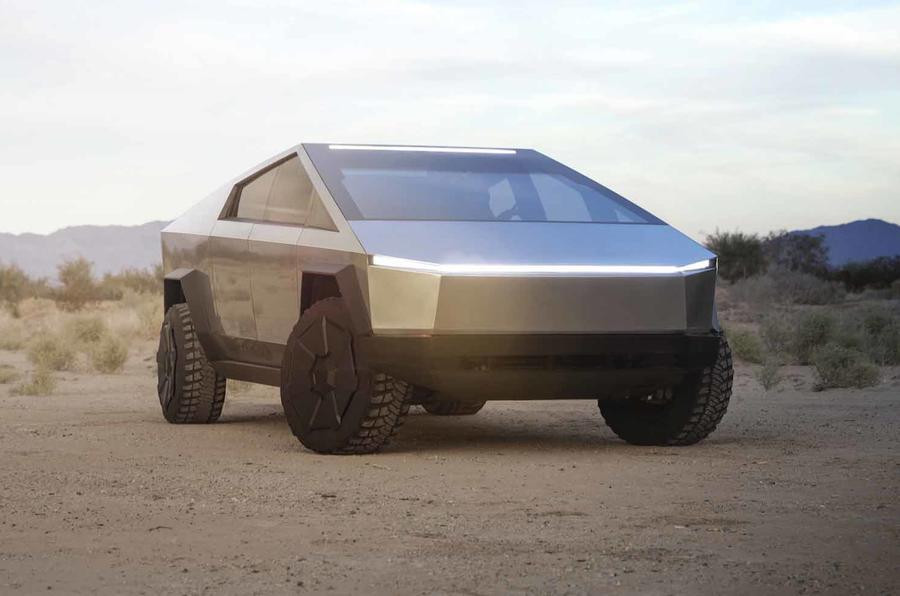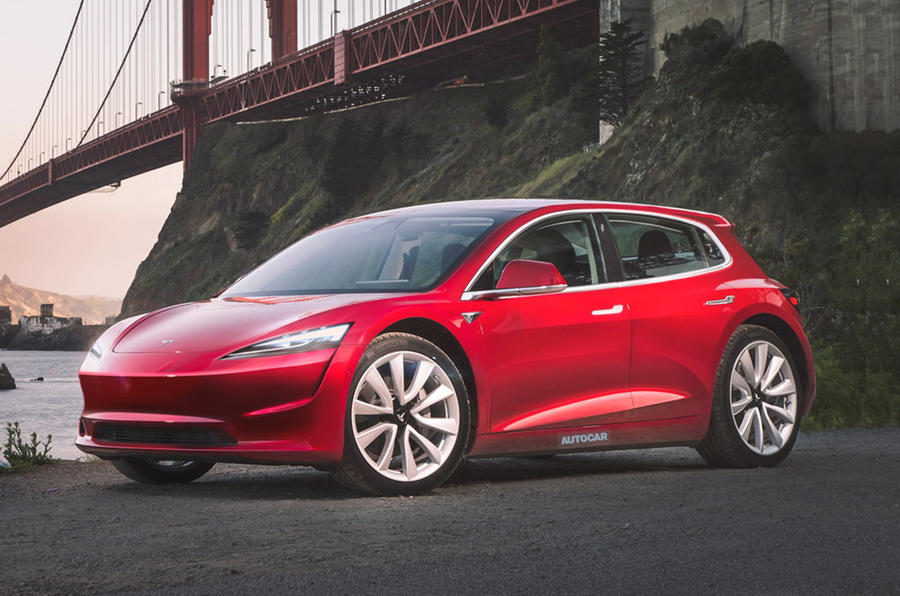Next-generation battery tech will give Tesla’s entry-level hatchback an eye-catching range for its price.
Tesla is making a renewed push to cement itself as the world’s leading electric vehicle brand in the face of fierce competition from established manufacturers after achieving the most successful sales quarter in its 13-year history.
Crucial to the US firm’s continued success will be the introduction in the coming years of the long-mooted small, affordable electric hatchback to rival front-runners in that segment, such as the Volkswagen ID 3, Nissan Leaf and Kia e-Niro.
Set to go on sale in 2023, the new Tesla hatchback will mark the firm’s landmark shift away from the premium EV sector into more accessible territory, building on the mammoth success of its Model 3 compact sedan, particularly in Europe where it ranks consistently among the best-selling electric cars. A starting price in the US of around $25,000 has been suggested, which translates to around $35,000 Australian dollars – but Tesla’s models typically cost slightly more outside of its homeland, so an on-sale price around $40-50,000 is more likely. This would make it the brand’s cheapest model by a large margin, with even the most affordable variant of the Model 3 priced from $63k here.
Such a shift in pricing will be made possible by a new type of battery technology being developed by Tesla, which is claimed to reduce manufacturing costs by 50% over current methods, while providing five times more energy and up to 16% more range per charge.
The tech was first detailed in a high-profile announcement at Tesla’s Battery Day last year, at which CEO Elon Musk said: “One of the things that troubles me the most is that we don’t have a truly affordable car, and that’s something we will have in the future. For that, we need cheaper batteries.”
Series production of the newly designed battery packs will become possible as soon as next year, Tesla has said, and because they do away with the standard ‘tab’ format of today’s conventionally produced items, they could cost as little as $140 per kWh to produce – significantly less than current rates.
As a result, the new entry-level car is tipped to offer a highly competitive range, on a par with even electric cars from several segments above. Musk has said on separate occasions that a range of less than 250 miles (402km), even on the notoriously strict EPA cycle, wouldn’t meet the “Tesla standard of excellence” and is “unacceptably low”. Tesla even went so far as to axe the Standard Range version of the Model Y crossover as a result.
It remains to be seen if Tesla will offer the hatchback with a battery capacity of less than 50kWh (its smallest-output cell so far), but a shorter-range variant could provide Tesla with an entry point into the increasingly competitive urban mobility market. A top-rung Long Range version could, meanwhile, match the 566km WLTP range of the biggest-battery Model 3.

So far, Tesla has been unforthcoming about the model’s precise final form and name, referring only to an upcoming “future product” that’s being developed to follow the Semi lorry, Cybertruck pick-up and Roadster sports car. But it is highly likely to bear a strong resemblance to the Model 3 and is tipped to take the Model 2 name as a nod to its entry positioning.
Felix Page




